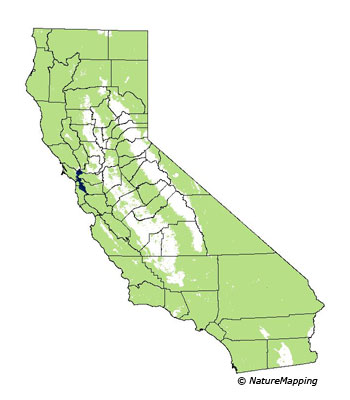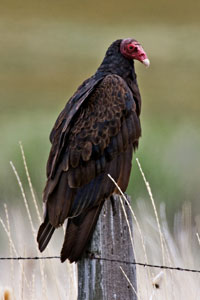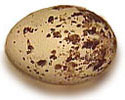Turkey vultures were gathering on a local street. There was a dead squirrel for lunch. Sadly, it must have been hit by a speeding car but it provided a welcome meal for the large birds.
I often see the vultures flying overhead looking for food. They sometimes swoop down to check out a possible dead critter and if one is found, a bunch of them will gather for the feast. They aren’t the prettiest of creatures but they are practical as they help clean up the environment. Their red heads are slick so that dead remains don’t cling. They eat dead birds, reptiles, amphibians, mammals and invertebrates.
There is such diversity in our world. Mother Nature supplies us with so much, even a cleaning crew when necessary.
This site has lots of practical, natural, information about how to avoid attracting turkey vultures but it also includes ads so just read what you need to and avoid the rest: https://pestkill.org/birds/turkey-vultures/
©Ferida Wolff for SeniorWomen.com
Editor's Note: We have had a considerable number of these birds for guests in our California backyard and this editor's solution was to pick up a nearby hose. They've gotten the point that we don't appreciate their (usual) group appearance of at least three of them ... do they make a family one wonders.
Here's a very substantial and informative group that we've discovered from California Nature Mapping Program; we do heartily thank them for the following information and research:

Home | About Us | Projects | Maps | Facts
NatureMapping Animal Facts
Turkey Vulture

Turkey Vulture (Cathartes aura) The naked red heads of the adult turkey vultures resemble those of turkeys, hence the name. Their genus name, Cathartes, means "cleanser" because that's what they do: clean up carcasses from woods and roads. Description: The Turkey Vulture is a large soaring bird that feeds on carrion (the dead and rotting body of an animal). It's recognized by the featherless red head, white bill, large brown-black body, and yellow feet. They can be easily spotted along roadways displaying their long wingspan and smooth soaring flight. While soaring it holds the wings slightly up in a V-shape. The wingspan extends to 170-178 cm (67-70 in). Weight: 2000 g (70.6 ounces) Size: 64-81 cm (25-32 in) 
Calls: Usually silent. Makes hiss at carcasses, roosts, and nest. Range/ Habitat: The Turkey Vultures breeds from southern Canada throughout the United States and southward through southern South America and the Caribbean. This species is common in the lower forest zones and the steppe zones. It nests in small caves or ledges on high cliffs in these regions. Click the range map to learn more about the distribution of Turkey Vultures in California. Diet: Turkey Vultures eat a wide variety of carrion, from small mammals to dead cows. Also some insects, other invertebrates, and some fruit are consumed. 
Nesting: The is no nest structure. The female Turkey Vulture lays 1 to 3 eggs directly on ground in caves, crevices, mammal burrows, hollow logs, under fallen trees, or in abandoned buildings. The eggs are creamy-white with dark blotches around large end. |







 N
N